

We are one of the leading manufacturers, distributors, and suppliers of Antimony Trioxide in USA. Its CAS Number is 1309-64-4, and the chemical formula is Sb2O3.
Antimony Trioxide (Sb₂O₃) is a versatile inorganic compound universally used across multiple industrial sectors, primarily as a flame retardant. (Sb₂O₃) commonly referred to as ATO, it appears as a white, odorless powder or solid properties, and is predominantly utilized in the production of plastics, textiles, glass, and electronic components. Antimony Trioxide main role is a synergist in halogenated flame retardant systems for various applications, where it enhances the material’s flame resistance. For clarity in trade and sourcing, Antimony Trioxide is also called by other names such as Diantimony Trioxide and Antimonious Oxide, terms often used by ATO manufacturers and suppliers. At Scimplify, we offer Antimony Trioxide as an end to end product solution, leveraging the strength of our global network to provide competitive pricing and ensure supply chain reliability.


Antimony Trioxide (Sb₂O₃) is a versatile inorganic compound universally used across multiple industrial sectors, primarily as a flame retardant. (Sb₂O₃) commonly referred to as ATO, it appears as a white, odorless powder or solid properties, and is predominantly utilized in the production of plastics, textiles, glass, and electronic components. Antimony Trioxide main role is a synergist in halogenated flame retardant systems for various applications, where it enhances the material’s flame resistance. For clarity in trade and sourcing, Antimony Trioxide is also called by other names such as Diantimony Trioxide and Antimonious Oxide, terms often used by ATO manufacturers and suppliers. At Scimplify, we offer Antimony Trioxide as an end to end product solution, leveraging the strength of our global network to provide competitive pricing and ensure supply chain reliability.

.3d8f8f41.svg)
Industrial Chemicals
.3556d45a.svg)

Inorganic Chemicals


Flame Retardant
.7767eb0f.png)

Chemical Properties & Specifications
Incorporated into plastics, textiles, and coatings to enhance their fire-resistant properties. It acts as a synergist in Combination with halogenated flame retardants.
Used in the manufacture of polyethylene terephthalate (PET), contributing to the production of bottles, containers, and fibers.
Preferred in the production of certain types of glass and ceramics, improving their thermal and optical properties.
Chosen in the production of semiconductors and other electronic devices where it serves as an additive for the enhancement of electronic components.
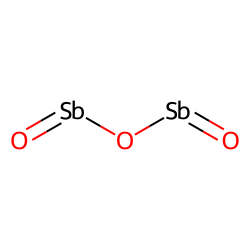
CAS No. : 1309-64-4
Category : Inorganic Chemicals
Sub-Category : Flame Retardant
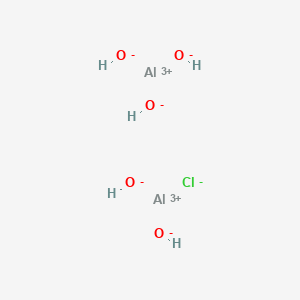
CAS No. : 1327-41-9
Category : Inorganic Chemicals
Sub-Category : Metal-Based Coagulants
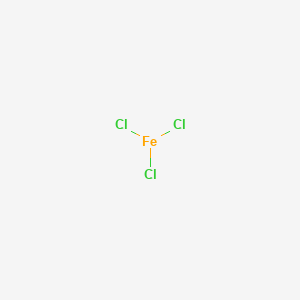
CAS No. : 7705-08-0
Category : Inorganic Chemicals
Sub-Category : Metal-Based Coagulants
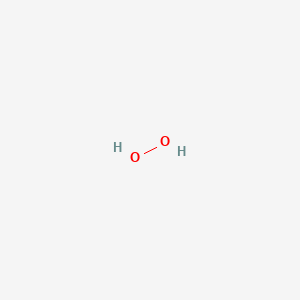
CAS No. : 7722-84-1
Category : Inorganic Chemicals
Sub-Category : Peroxides & Oxidizing Agents
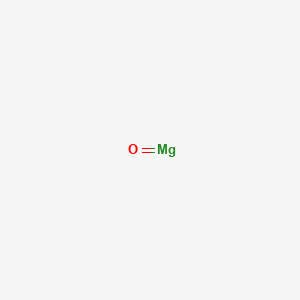
CAS No. : 1309-48-4
Category : Inorganic compound
Sub-Category : Flame Retardant
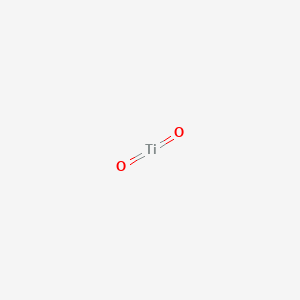
CAS No. : 13463-67-7
Category : Pigments & Colorants
Sub-Category : Inorganic Pigments
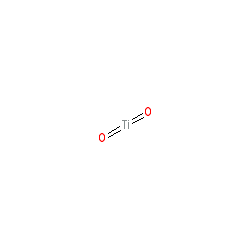
CAS No. : 13463-67-7
Category : Pigments & Colorants
Sub-Category : Inorganic Pigments
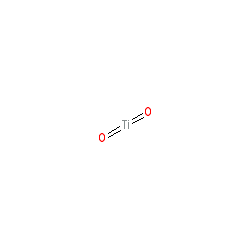
CAS No. : 13463-67-7
Category : Pigments & Colorants
Sub-Category : Inorganic Pigments
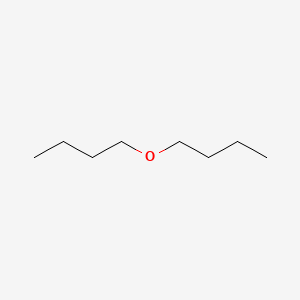
CAS No. : 142-96-1
Category : Solvents & Carriers
Sub-Category : Ethers & Ether-Based Solvents
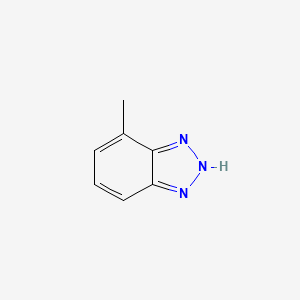
CAS No. : 29385-43-1
Category : Specialty Polymers & Additives
Sub-Category : Corrosion Inhibitor Additives
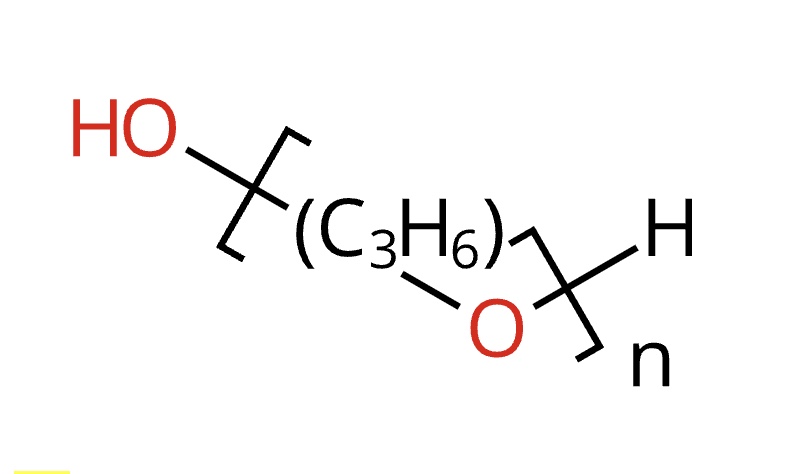
CAS No. : 25322-69-4
Category : Specialty Polymers & Additives
Sub-Category : Polyether Polyols
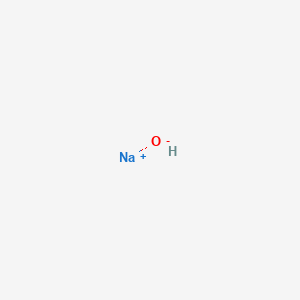
CAS No. : 1310-73-2
Category : Inorganic Chemicals
Sub-Category : Alkalis & Bases
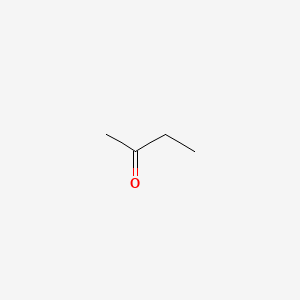
CAS No. : 78-93-3
Category : Base Chemicals & Intermediates
Sub-Category : Ketones & Solvents
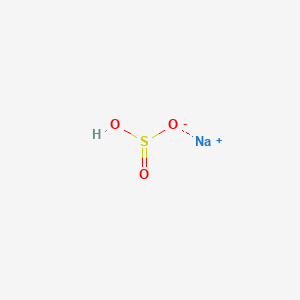
CAS No. : 7631-90-5
Category : Inorganic Chemicals
Sub-Category : N/A
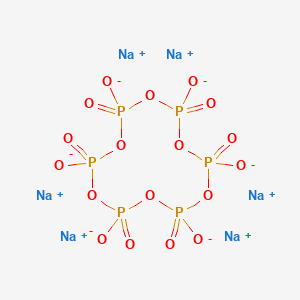
CAS No. : 10124-56-8
Category : Inorganic Chemicals
Sub-Category : N/A
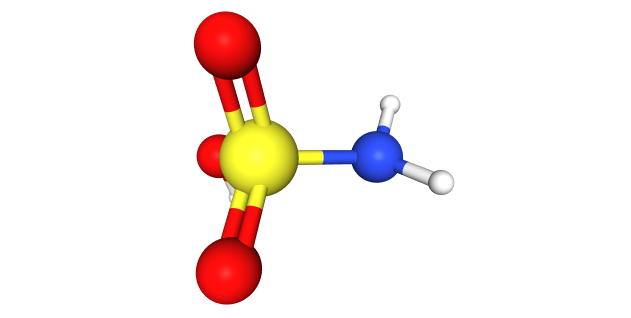
CAS No. : 5329-14-6
Category : Inorganic Chemicals
Sub-Category : Acid Derivatives
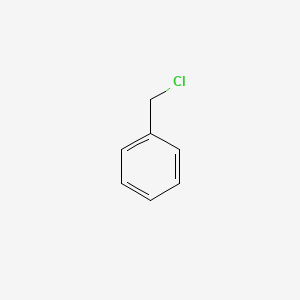
CAS No. : 100-44-7
Category : Organic Intermediates
Sub-Category : Chlorinated Aromatic Compounds
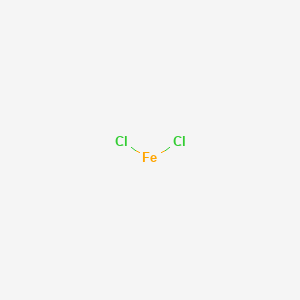
CAS No. : 7758-94-3
Category : Inorganic Chemicals
Sub-Category : Metal Halides

CAS No. : 1314-13-2
Category : Inorganic Chemicals
Sub-Category : N/A
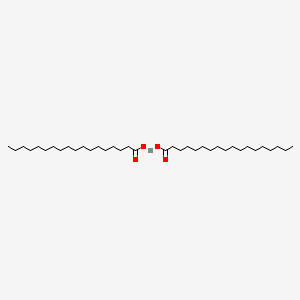
CAS No. : 51731-04-5
Category : Inorganic Chemicals
Sub-Category : Metal Carboxylates
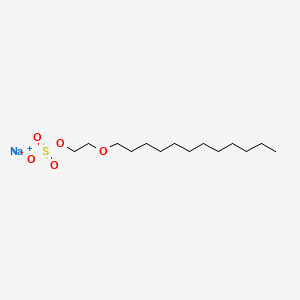
CAS No. : 9004-82-4
Category : Cosmetic Ingredients
Sub-Category : Surfactants & Foaming Agents
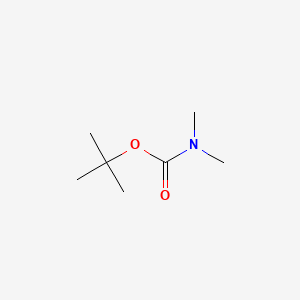
CAS No. : 61788-93-0
Category : Surfactants & Emulsifiers
Sub-Category : Fatty Amines

CAS No. : 7647-01-0
Category : Inorganic Acids
Sub-Category : Mineral Acids
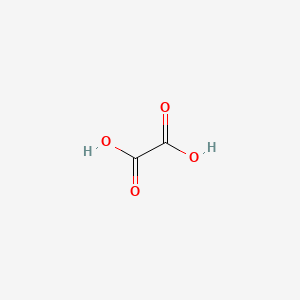
CAS No. : 144-62-7
Category : Organic Acid Derivatives
Sub-Category : Dicarboxylic Acids
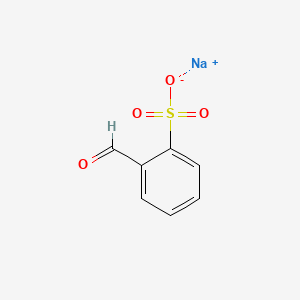
CAS No. : 17465-11-3
Category : Organic Intermediates
Sub-Category : Aromatic Sulfonates

CAS No. : 7704-34-9
Category : Inorganic Chemicals
Sub-Category : Sulfur & Derivatives
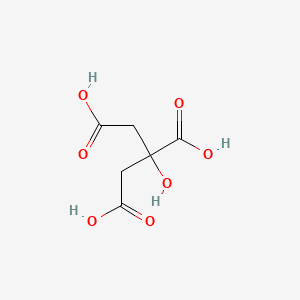
CAS No. : 77-92-9
Category : Food Ingredients
Sub-Category : Flavor Enhancers

CAS No. : 7631-90-5
Category : Inorganic Chemicals
Sub-Category : N/A

CAS No. : 10124-56-8
Category : Inorganic Chemicals
Sub-Category : N/A
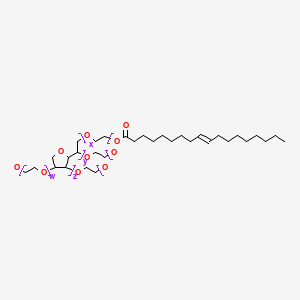
CAS No. : 9005-65-6
Category : Surfactants & Emulsifiers
Sub-Category : N/A
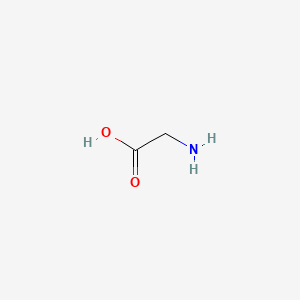
CAS No. : 56-40-6
Category : Nutraceutical Ingredients
Sub-Category : Amino Acids & Proteins

CAS No. : 8002-31-1
Category : Food Ingredients
Sub-Category : Cocoa & Chocolate Derivatives
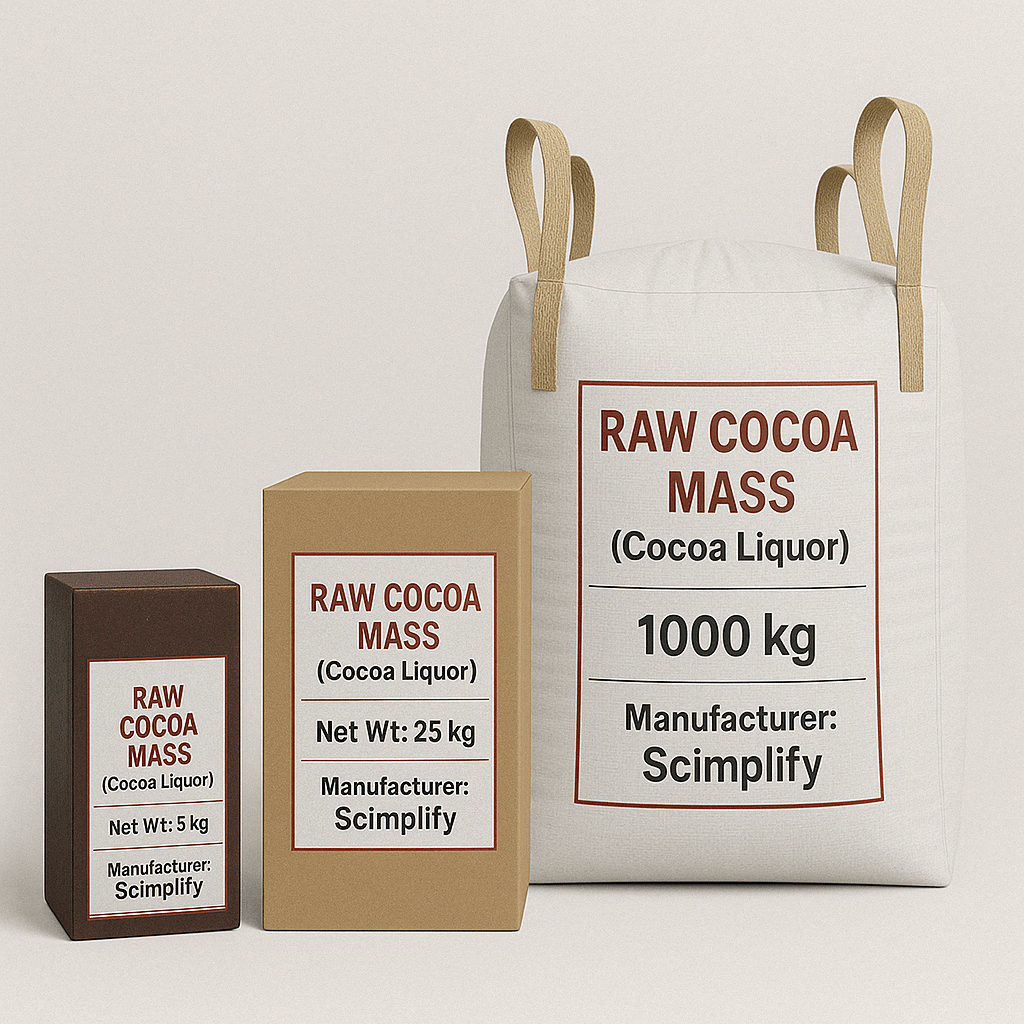
CAS No. : 84649-99-0
Category : Food Ingredients
Sub-Category : Cocoa & Chocolate Derivatives

CAS No. : 84649-99-0
Category : Food Ingredients
Sub-Category : Cocoa & Chocolate Derivatives

CAS No. : 84649-99-0
Category : Food Ingredients
Sub-Category : Cocoa & Chocolate Derivatives
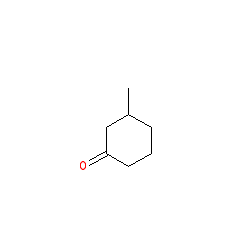
CAS No. : 36306-87-3
Category : Fragrance Ingredients
Sub-Category : Ionones & Ketones
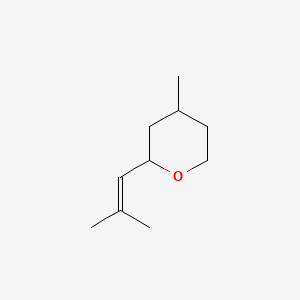
CAS No. : 16409-43-1
Category : Fragrance Ingredients
Sub-Category : Aroma Compounds
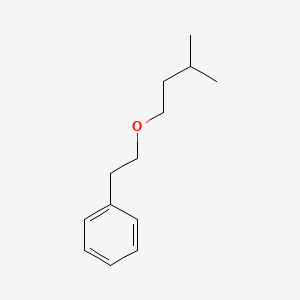
CAS No. : 56011-02-0
Category : Fragrance Ingredients
Sub-Category : Aliphatic Aromatic Ethers
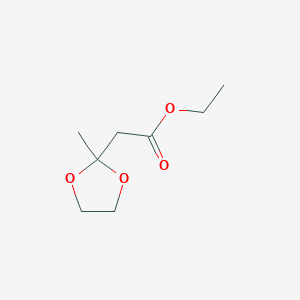
CAS No. : 6413-10-1
Category : Fragrance Ingredients
Sub-Category : Ketal Fruit Esters
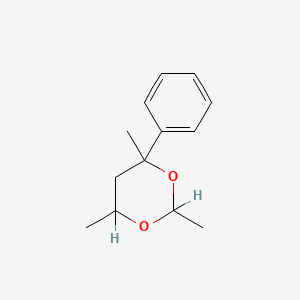
CAS No. : 5182-36-5
Category : Fragrance Ingredients
Sub-Category : Aroma Chemicals
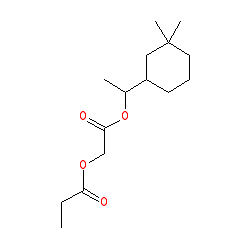
CAS No. : 236391-76-7
Category : Fragrance Ingredients
Sub-Category : Polycyclic Synthetic Musks

CAS No. : 236391-76-7
Category : Fragrance Ingredients
Sub-Category : Polycyclic Synthetic Musks
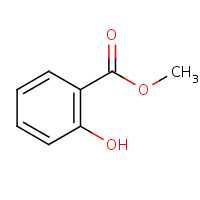
CAS No. : 119-36-8
Category : Fragrance Ingredients
Sub-Category : Aromatic Esters